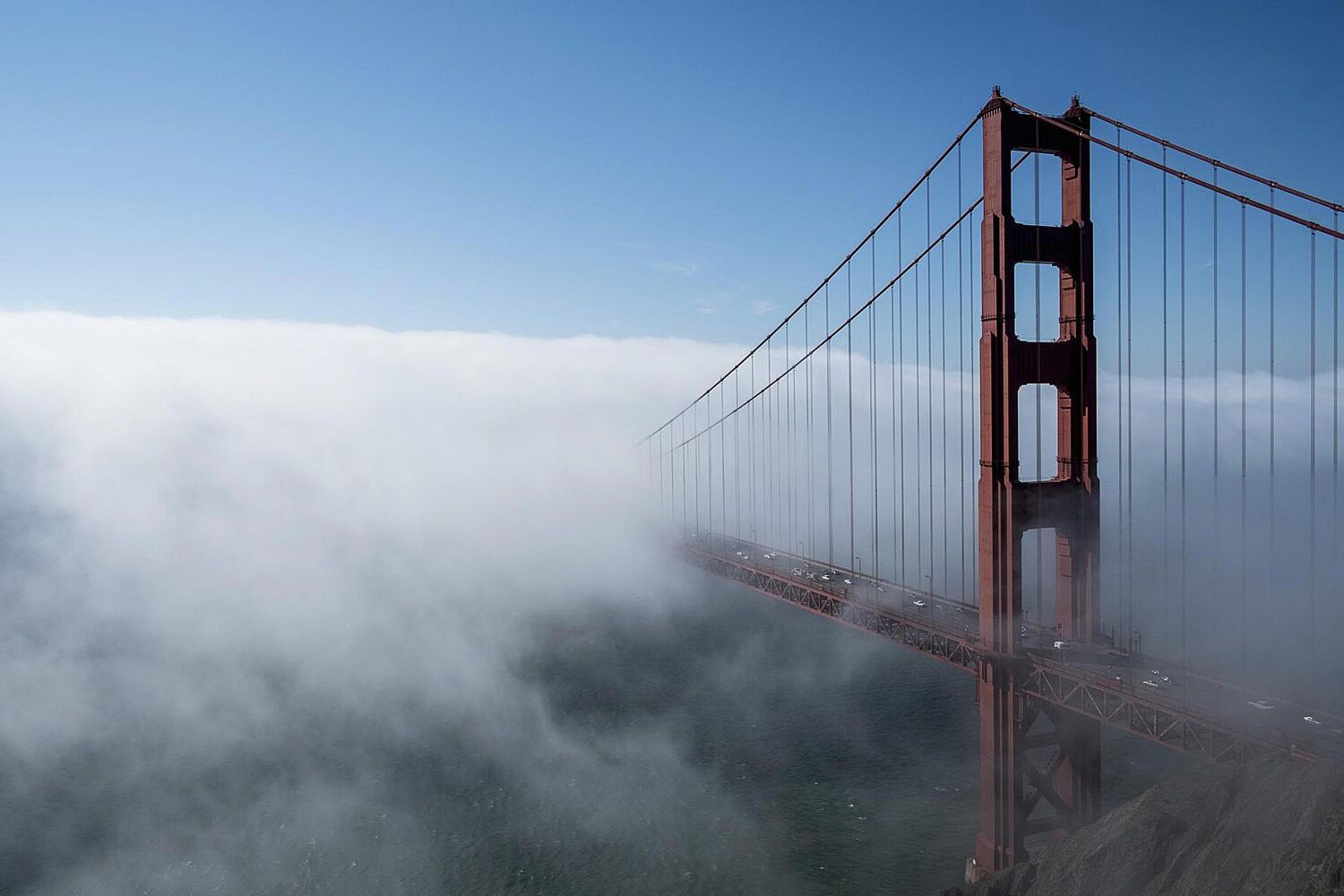
Fog is a natural phenomenon that can transform landscapes into mysterious, ethereal scenes. But what exactly is fog? Fog is a thick cloud of tiny water droplets or ice crystals suspended in the air at or near the Earth's surface, reducing visibility. It forms when the air near the ground cools enough to turn water vapor into liquid. This can happen in various ways, such as when warm, moist air passes over cooler ground or water. Fog can be fascinating and sometimes dangerous, affecting everything from driving conditions to air travel. Let's dive into 24 intriguing facts about fog that will help you understand this common yet captivating weather event.
What is Fog?
Fog is a fascinating weather phenomenon that often mystifies people. It’s essentially a cloud that touches the ground. Let's dive into some intriguing facts about fog.
- Fog forms when the air near the ground cools enough for water vapor to condense into tiny liquid water droplets.
- There are different types of fog, including radiation fog, advection fog, and evaporation fog.
- Radiation fog forms on clear nights with calm winds when the ground loses heat rapidly.
- Advection fog occurs when warm, moist air moves over a cooler surface, causing the air to cool and condense.
- Evaporation fog happens when cold air passes over warmer water, causing water vapor to rise and condense.
Where Can You Find Fog?
Fog can appear in various locations around the world, each with unique characteristics. Here are some places where fog is commonly found.
- Coastal areas often experience advection fog due to the interaction between warm ocean currents and cooler land.
- Mountainous regions frequently have fog because of the elevation and temperature differences.
- Valleys are prone to radiation fog, especially during the early morning hours.
- Urban areas can also experience fog, often intensified by pollution particles that provide surfaces for water vapor to condense on.
- Deserts can have fog, too, particularly along coastal deserts where cold ocean currents meet warm air.
How Does Fog Affect Daily Life?
Fog can significantly impact various aspects of daily life, from transportation to health. Here are some ways fog affects us.
- Fog reduces visibility, making driving hazardous and increasing the risk of accidents.
- Airports often experience delays and cancellations due to fog, affecting air travel schedules.
- Fog can disrupt maritime activities, making navigation difficult for ships and boats.
- It can also impact agriculture by reducing sunlight and affecting crop growth.
- Health-wise, fog can exacerbate respiratory issues, especially in areas with high pollution levels.
Interesting Fog Phenomena
Fog isn’t just a simple weather occurrence; it can create some fascinating phenomena. Let’s explore a few of these.
- Fogbows are similar to rainbows but appear white due to the tiny size of fog droplets.
- Freezing fog occurs when fog droplets freeze upon contact with surfaces, creating a layer of ice.
- Fog can amplify sound, making noises seem louder and travel farther.
- In some cultures, fog is believed to have mystical or supernatural properties.
- The term "pea soup fog" originated in London, describing the thick, yellowish fog caused by pollution in the 19th century.
Fun Facts About Fog
Fog has some quirky and fun aspects that make it even more interesting. Here are a few fun facts.
- The foggiest place on Earth is Grand Banks off the coast of Newfoundland, Canada, with over 200 foggy days per year.
- San Francisco is famous for its fog, often referred to as "Karl the Fog" by locals.
- Fog can be artificially created for special effects in movies and theme parks.
- Some plants, like the redwood trees in California, rely on fog for moisture during dry seasons.
Fog is more than just a weather condition; it’s a complex and captivating phenomenon that affects our world in many ways.
Fog's Fascinating Mysteries
Fog isn't just a weather phenomenon; it's a captivating blend of science and nature. From its formation through condensation to its impact on travel and ecosystems, fog plays a significant role in our world. Understanding the different types, like radiation fog and advection fog, helps us appreciate its complexity. Historical events, like the "Fog of War," show how fog has influenced human history. Safety measures, such as fog lights and reduced speed limits, highlight its importance in daily life. Whether it's the eerie beauty of a foggy morning or the challenges it presents, fog continues to intrigue and affect us. Next time you see a blanket of fog, you'll know there's more to it than meets the eye. Stay curious, and keep exploring the wonders around you.
Was this page helpful?
Our commitment to delivering trustworthy and engaging content is at the heart of what we do. Each fact on our site is contributed by real users like you, bringing a wealth of diverse insights and information. To ensure the highest standards of accuracy and reliability, our dedicated editors meticulously review each submission. This process guarantees that the facts we share are not only fascinating but also credible. Trust in our commitment to quality and authenticity as you explore and learn with us.


